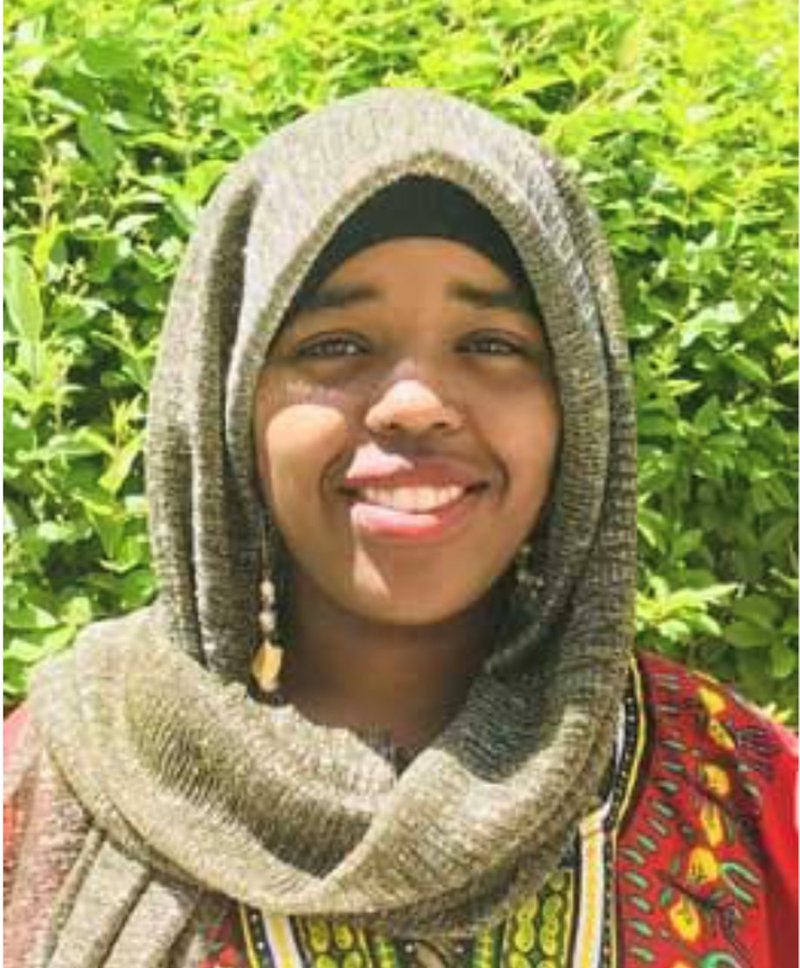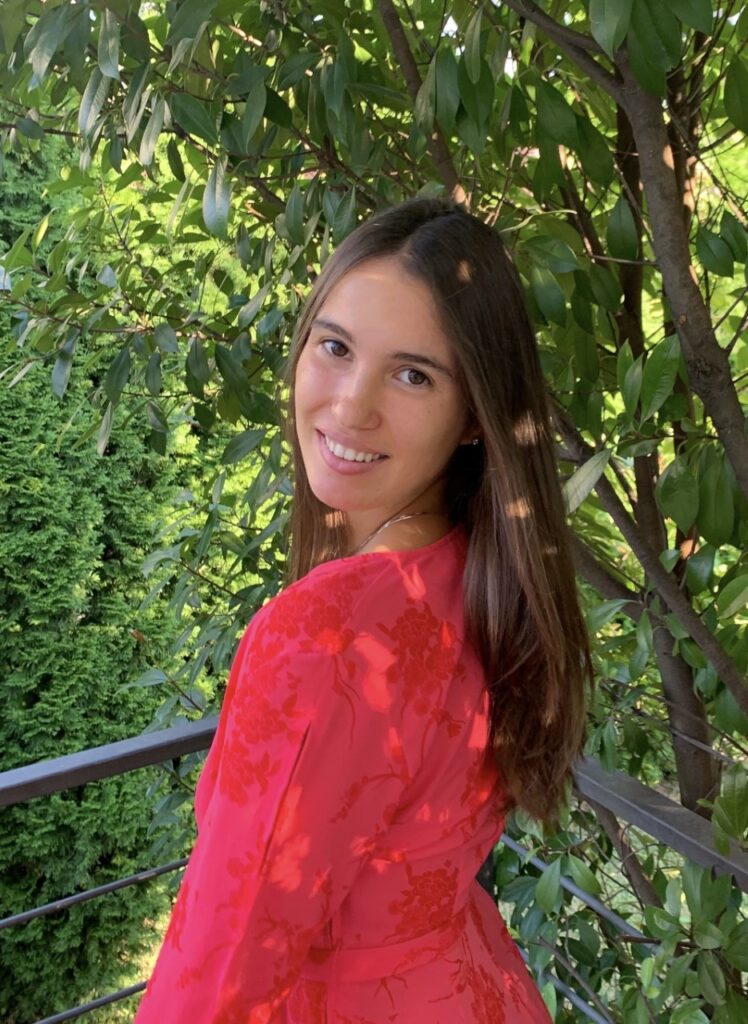With summertime funding from a nonprofit that promotes peace, Bojana Drča ’24 and Usira Ali ’22 will help communities in their home cities of Belgrade, Serbia, and Portland, Maine.
This is the first time that two Bowdoin students (rather than one) were recipients of awards from Projects for Peace, a nonprofit that supports young “peace builders and change makers.” International philanthropist Kathryn Wasserman Davis founded Projects for Peace in 2007.
This year, the program has granted 129 undergraduate and graduate students, mostly in the US, with $10,000 each to build self-designed programs that address “the world’s most pressing issues.” These include social division and cohesion, human rights, health and well-being, economic development, and access to equitable education.
The grantees, who will be based in sixty-three countries and eight US states, have proposed a number of interventions, such as skill-building workshops, information campaigns, innovative uses of technology, and documentary filmmaking.
Usira Ali ’22: “Toward a Safer Future: Ending FGM/C with Our Mothers”

Portland, Maine
This summer, Ali will run workshops in Portland for young women, ages eighteen to thirty, who are survivors of female genital mutilation and cutting. “I will focus on this age group because they are the next generation of mothers,” Ali wrote in her project proposal. Originally from Somalia, Ali grew up in Maine with her family.
Ali is also motivated to break through cultural taboos around the subject and help the women in her workshops make sense of their experiences. “Together with other survivors, I hope to begin the process of self-love and healing,” she said, adding that many families remain silent about what the girls undergo, exacerbating feelings of isolation, confusion, and shame.
According to data from the United Nations, approximately 200 million girls around the world, including in immigrant communities in Western nations, are cut as young as a few months old to fourteen years old. Short-term complications, including infections, can cause girls to miss school for many days. But long-term health complications are also common.
Even where the practice is outlawed, some families pursue the ritual in the belief that it’s more hygienic or makes their daughters more marriageable.
But instead, Ali said the tradition poses the “biggest threat to women’s progress, self-image, health, and lives.” Through this project and a future dedicated to women’s health, she is determined to bring it to an end. “I believe that culturally sensitive community education has the potential to decrease and hopefully eradicate female genital mutilation and cutting in the future,” she said.
Bojana Drča ’24: “Za Vazduh, Vodu, i Zemlju (For Air, Water, and Land)”
Belgrade, Serbia
In Belgrade, millions of people “wake up daily to a cloud of poisonous material in the air,” Drča wrote in her project proposal.
And environmentalists worry the pollution in Serbia could worsen when Rio Tinto, the world’s second-largest metals and mining corporation, opens a lithium mine next year near the Drina River. Reports indicate the mine, which could contaminate waterways and contribute to air pollution, will be operational for forty years, producing lithium carbonate—critical for electric vehicles and renewable energy batteries—and boric acid, used in solar panels and wind turbines.
Drča plans to use her grant to educate young people about environmental threats. In a series of workshops, she will prepare students to launch their own initiatives to fix environmental problems in Serbia. She also will take her charges rafting down the Drina River, “to introduce city high school children to the outdoors and emphasize the importance of saving what nature offers us.”
Though “sustainability is still an underdeveloped topic in Serbia,” Drča said “change will come, and it is dependent on the youth to make a difference in the future.” She promises that after her program, “participants will be able to make more informed decisions and consider the world in a peace-building light where the environment is our greatest asset.”
Article Credits: Bowdoin
